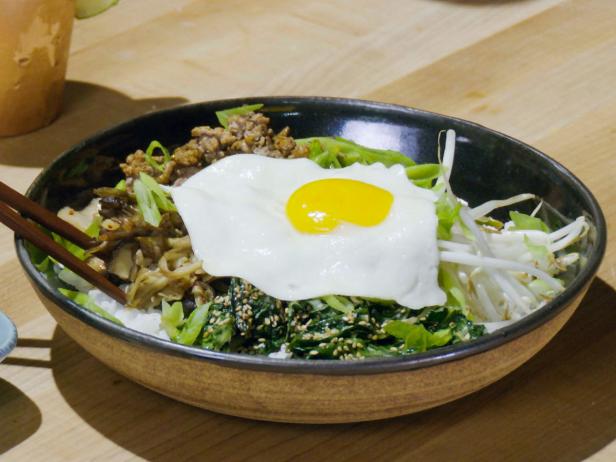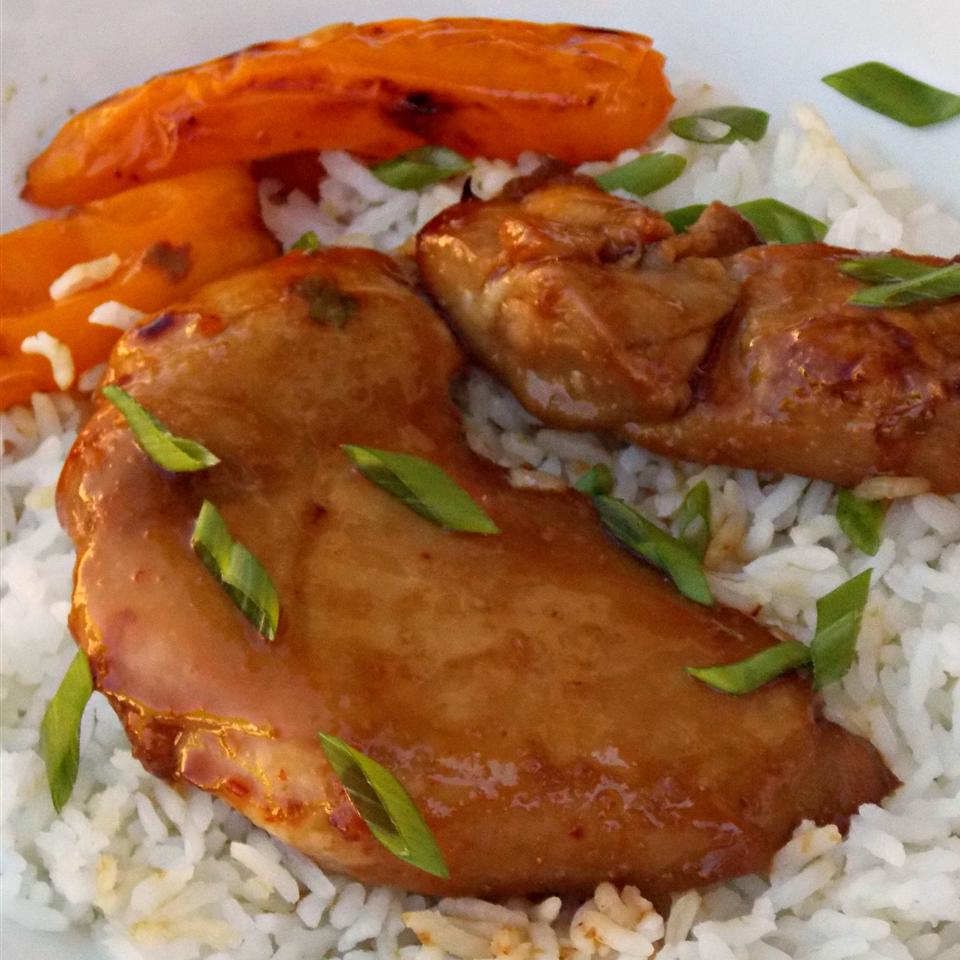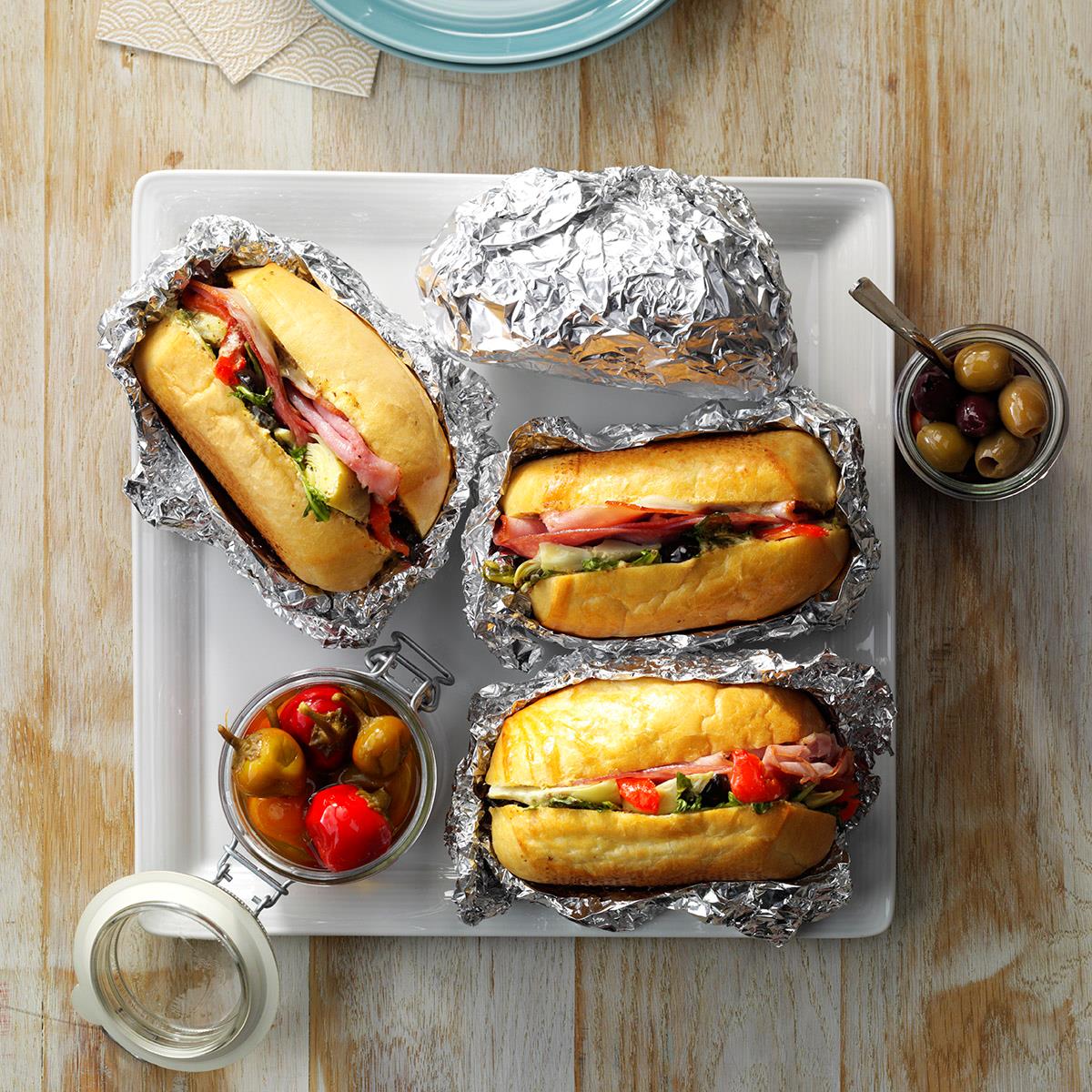**Bibimbap: A Colorful and Flavorful Korean Dish**
Bibimbap is a classic Korean dish that is both visually appealing and packed with flavor. The dish consists of a bowl of warm rice topped with a variety of colorful and flavorful ingredients, including sautéed vegetables, marinated beef, a fried or poached egg, and a dollop of spicy gochujang (Korean chili paste). The ingredients are typically mixed together before eating, creating a delicious and unique combination of flavors and textures. Bibimbap is often served with a side of soup or kimchi. Beyond the classic bibimbap recipe, there are several variations that offer unique flavors and ingredients. These include the spicy ssamjang bibimbap, the vegetarian bibimbap, and the haemul bibimbap made with seafood. Each variation offers its own distinct taste and appeal, making bibimbap a versatile and enjoyable dish for people of all tastes and preferences.
BIBIMBAP

Bibimbap is a Korean rice bowl topped with vegetable sides and meat and served with a gochujang sauce. Follow my easy step-by-step recipe to make the best bibimbap!
Provided by Hyosun
Categories Main Course
Time 55m
Number Of Ingredients 27
Steps:
- Cook the rice, without soaking and using a little less water than the amount you normally use. The rice for bibimbap should be a little drier than usual for best results.
- Beef: Cut into thin 2-inch long strips. Mix in 1.5 tablespoons of soy sauce, 2 teaspoons of sugar, 2 teaspoons of sesame oil, 2 teaspoons of rice wine, 1 tablespoon of chopped scallion, 1 teaspoon minced garlic, 1/2 sesame seeds and a pinch of pepper. Marinate for 20 minutes. Sauté in a skillet for 2-3 minutes over high heat.
- Bean sprouts: Bring 2 cups of water to a boil. Add the bean sprouts and briefly blanch, about 1 minute, flipping over once. Drain quickly and shock in cold water to stop cooking. Drain again. Toss with 1/2 teaspoon of minced garlic, 1 teaspoon of sesame oil, 1/2 teaspoon of sesame seeds, and salt (about 1/2 teaspoon).
- Spinach: Blanch the spinach in salted boiling water only until wilted, about 40 seconds. Drain quickly and shock in cold water. Squeeze out water. Cut into 3-inch lengths. Toss with 1 tablespoon of chopped scallion, 1/2 teaspoon minced garlic, 1 teaspoon of sesame oil, 1/2 teaspoon of sesame seeds and salt (about 1/2 teaspoon).
- Cucumbers: Cut the cucumbers in half lengthwise and then thinly slice crosswise. Generously sprinkle salt (about 1/2 teaspoon) over sliced cucumbers and set aside for 10 - 15 minutes. Squeeze out excess liquid. Toss with 1 tablespoon of chopped scallion, 1/2 teaspoon minced garlic, 1 teaspoon sesame oil and 1/2 teaspoon of sesame seeds.
- Mushrooms and carrots: Thinly slice the mushrooms and carrots. Sauté each vegetable in a lightly oiled skillet for 1 - 2 minutes over medium-high heat, sprinkling with salt (about 1/4 teaspoon).
- Kongnamul (Soybean sprouts): Bring 2 cups of water to a boil. Add the soy beansprouts and boil for 2-3 minutes. Drain quickly and shock in cold water to stop cooking. Drain again. Toss with 1/2 teaspoon of minced garlic, 1 teaspoon of sesame oil, 1/2 teaspoon of sesame seeds, and salt (about 1/2 teaspoon) to taste.
- Musaengchae (spicy radish salad): Cut 10 ounces of Korean radish (mu) into matchsticks. Add 2 tablespoons of chopped scallion, 1 tablespoon of gochugaru, 1 teaspoon minced garlic, 1/2 teaspoon salt (or more to taste), 1 teaspoon sugar, and 1 teaspoon sesame seeds. Mix everything well.
- Fry the eggs sunny side up or to your preference.
- Combine all of the sauce ingredients in a small bowl and mix thoroughly.
- Place a serving of rice in a big bowl. Nicely arrange a small amount of each prepared vegetable and beef over the rice. Drizzle a little sesame oil over. Top with an optional fried egg and serve with the sauce.
- For dolsot bibimbap: Lightly oil a stone or earthenware bowl with a teaspoon of sesame oil over medium heat. Add a serving of cooked rice and arrange the toppings on top. Cook for several minutes until the rice sizzles.
BIBIMBAP BOWL

Rachael Ray makes a Korean-style meal in a bowl, loaded with protein, vegetables, sticky rice and an egg on top.
Provided by Rachael Ray : Food Network
Categories main-dish
Time 30m
Yield 4 servings
Number Of Ingredients 34
Steps:
- For the rice: Bring the water to a boil in a pot. Add the rice and bring back to a boil; boil for 5 minutes, uncovered. Cover, reduce heat to low and cook 7 minutes more until water absorbs. Remove from heat and let stand 5 to 10 minutes to serve.
- For the bibimbap sauce: Whisk up gochujang, water, brown sugar, sesame oil, vinegar and garlic in small bowl and serve in ramekins on side of bowls for topping.
- For the mushrooms: Heat oil in medium-large nonstick skillet over high heat. Brown mushrooms, reduce heat to medium, add salt, pepper, shallots and garlic and toss 1 to 2 minutes. Add Shaoxing or sherry and let it absorb. Transfer mushrooms to a bowl or platter and return skillet to heat for the asparagus.
- For the asparagus: Heat oil in skillet over medium-high heat. Add asparagus and saute 3 minutes. Add salt, pepper and juice of 1 lemon or lime. Transfer asparagus to a bowl or platter and reserve skillet for the chard.
- For the protein: Heat oil over medium-high heat in separate nonstick skillet, add meat and break it up with a wooden spoon. Cook until browned, about 5 minutes, then season with salt and pepper. Stir in soy sauce, sesame oil and chili garlic paste.
- For the spinach or chard: Meanwhile, heat oil over medium to medium-high heat in reserved skillet; add garlic and stir 1 minute. Wilt in spinach, season with salt and pepper, add sesame oil and seeds, remove from heat and transfer to a bowl.
- For the eggs: When ready to serve, melt butter over medium heat in small nonstick skillet. Add eggs, cover pan and cook to easy or medium, 3 to 5 minutes.
- Fill bowls with rice and arrange toppings: protein of choice, vegetables and bean sprouts. Top with scallions and egg and pass sauce.
Tips:
- Choose the right rice. Short-grain white rice is the traditional choice for bibimbap and offers a sticky, chewy texture. If you prefer a lighter rice, you can use jasmine or basmati.
- Use fresh, high-quality ingredients. The fresher your ingredients, the better your bibimbap will taste. Look for vegetables that are crisp and colourful, and meat that is well-marbled.
- Make sure your rice is well-cooked. Undercooked rice will be hard and unpleasant to eat. Cook your rice according to the package directions, or until it is tender and fluffy.
- Don't be afraid to experiment. There are endless variations of bibimbap, so feel free to get creative with your ingredients. You can add different vegetables, proteins, and sauces to create a bowl that is uniquely your own.
- Serve bibimbap immediately. Bibimbap is best when it is served hot and fresh. If you are making it ahead of time, you can store the rice and vegetables separately and assemble the bowls just before serving.
Conclusion:
Bibimbap is a delicious and versatile dish that can be enjoyed by people of all ages. It is a great way to use up leftover vegetables and meat, and it is also a relatively healthy meal. With a little planning and effort, you can easily make bibimbap at home. So next time you are looking for a quick and easy meal, give bibimbap a try!
Are you curently on diet or you just want to control your food's nutritions, ingredients? We will help you find recipes by cooking method, nutrition, ingredients...
Check it out »
You'll also love









